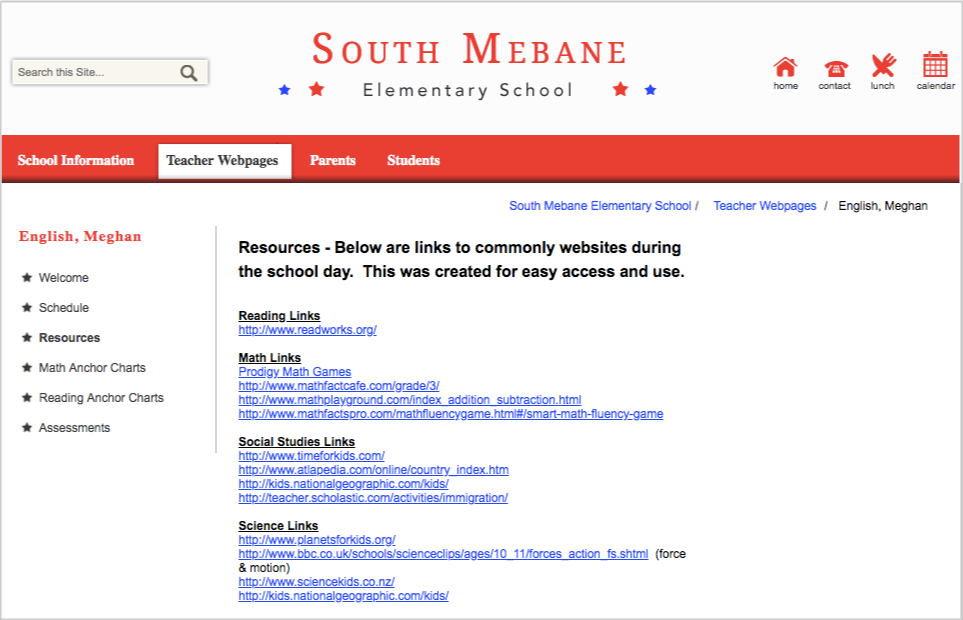by Venchito Tampon Jr | Last Updated on July 1, 2023
In a nutshell, do follow backlinks can pass Page Rank (link juice) from the linking page to a website it links to.
These are different from nofollow backlinks because this other type of backlinks has “nofollow” tag attached to them. Google and other search engines ignore backlinks with a “nofollow” tag attribute.
In a natural HTML programming practice, all links are by default do follow unless these links have the nofollow attribute applied.
Sidenote: Learn more of these fundamental topics in this beginner’s guide to link building.
Let me cover this one scalable link building strategy that can help you acquire sets of dofollow backlinks for your website.
What is the major difference between a no follow backlink and a do follow backlink?
The major difference between a nofollow backlink and a do follow backlink is how they affect website authority. Dofollow links pass on authority, benefiting the linked website, while nofollow links do not transfer authority or “link juice.” This understanding helps Google associate and evaluate websites effectively.
How to Get Dofollow Backlinks
Here are three ways to get dofollow backlinks from primary and secondary schools:
- Know the difference between primary school backlinks and Edu links
- Discover available link opportunities
- Establish link building process
- Start content creation.
- Do outreach
There are three phases of execution in this strategy, and just like any link building campaign, it is composed of link research, content creation, and outreach.
There’s nothing new here if you’ve been in the SEO industry for years, but I have been fascinated with this strategy because it’s so simple to execute, and its difficulty level is very low.
Let me explain.
Both .edu links and links from primary and secondary school websites are great, but the value is dependent on your website’s relevance and actual conversions (how many links you gained from a series of outreach campaigns).
There are noticeable differences that I’ve seen tapping into both types of links.
Let me give you a few things that I’ve noticed.
Know the difference between primary school backlinks and Edu links
Educational website managers, including the ones who handle library guides, would have to pass on reviews to other staff members concerning the resource to be added – we may call it their editorial process.
Sometimes your content piece has to undergo a series of reviews by different staff members handling the page, making sure it’s a resource relevant to theirs and could add value to their target visitors.
It may take weeks or several months to get your link live. This certainly requires patience, but it’s worth it if you acquire backlinks that come from a highly trusted and authoritative website.
For primary and secondary school websites, it wouldn’t take you long to find that their kids’ pages or family pages are being managed by a few people. At most, these pages are managed by just one person.
The short period of time it takes you to get the backlink from the time you do the outreach is a huge advantage for most SEOs, especially those that deliver monthly reports of live links to their clients.
Discover available link opportunities
Before we dive into the actual process of pursuing backlinks from this type of website, let me give you the available link opportunities we could find from primary and secondary school websites.
1. Resource links from subject-based resource pages
Primary and secondary school websites have dedicated pages for each subject their teachers offer in schools, i.e. that they publish pages for math resources, science resources, social studies, and reading resources.
Here are websites that can benefit from this link opportunity:
- Online courses that sell primary and secondary school subjects
- Niche-specific informational blogs
- Course on reading
- Parenting blogs with categories or are focused on teaching kids
2. Resource links from curriculum pages
These are pages dedicated to school teachers. They have curated pages of additional materials and tools to help them with their teaching and mentoring skills.
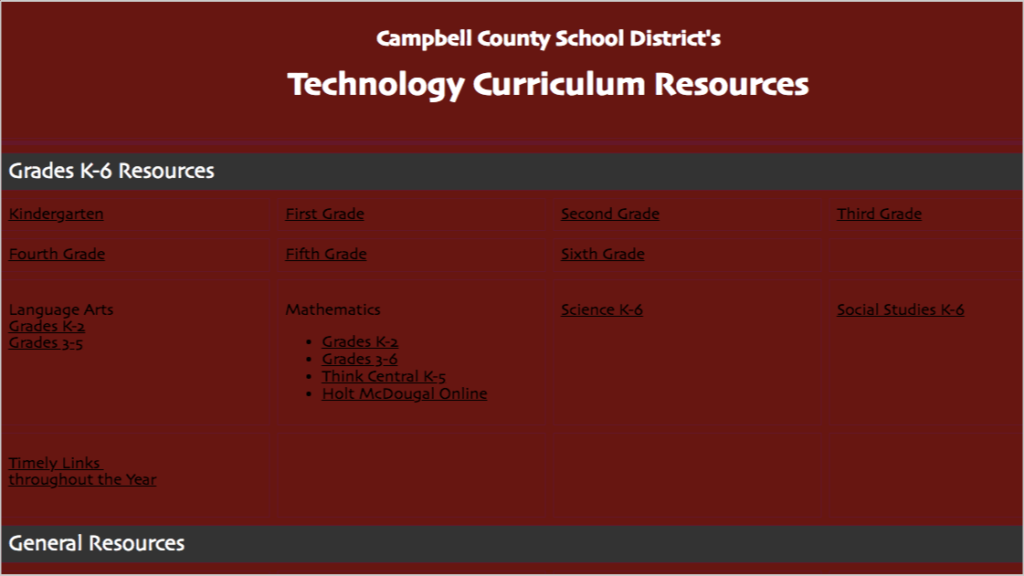
Here are mostly what comprises these curriculum pages:
- ELA Resources
- Math Resources
- Science Resources
- Social Studies Resources
- Teacher Tools
- Learning Lab
- Final Products/Presentations
C. Resource links from Special Education pages
These are pages targeted to parents of kids with disabilities and parents teaching special kids.
Here are websites that can benefit from this link opportunity:
- Company blogs that can target people or kids with disabilities using their content
- Non-profit websites for PWDs
- Niche-specific blogs and sites intended to educate or mentor people with disabilities
D. Resource links from Counseling pages
This page covers many topics that link out to relevant resources – a very rich field if you’ll ask me, as they could be tapped by different websites in the health industry.
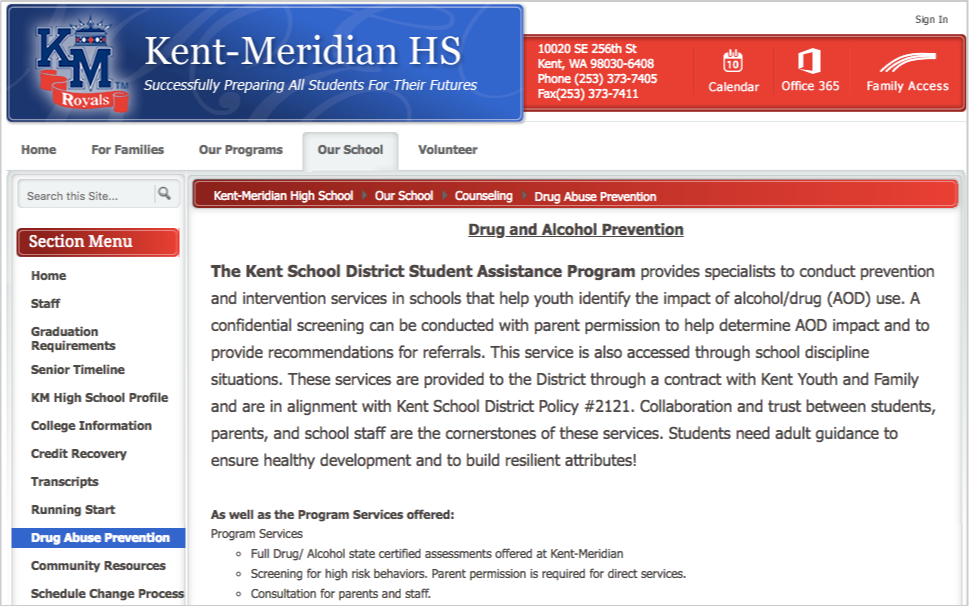
Here are some topics mostly covered under counseling pages:
- Mental health
- Social or emotional-based references
- Sexual abuse protection and avoidance
- Drug abuse
- Teen Driving
Here are websites that can benefit from this link opportunity:
- Drug-recovery companies
- Non-profit org geared to help sexually-abused individuals
- Mental health advocates
- Car companies with blog content on teen driving
E. Resource links from parenting pages
Not only that primary and secondary websites have pages for teachers and school staff members, but they also cater to parents.
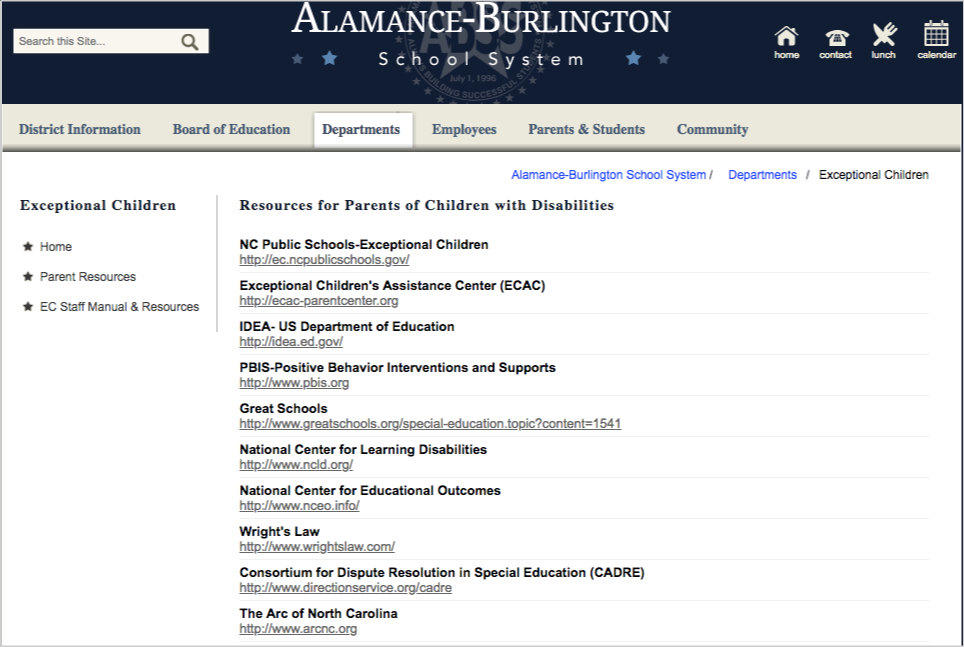
It wouldn’t just be beneficial for parenting blogs and companies that target parents with their content marketing initiatives.
Look at deeper niches underneath parenting, as they may be highly relevant to your content – for example, there are niche pages for parents of pre-kindergarten kids.
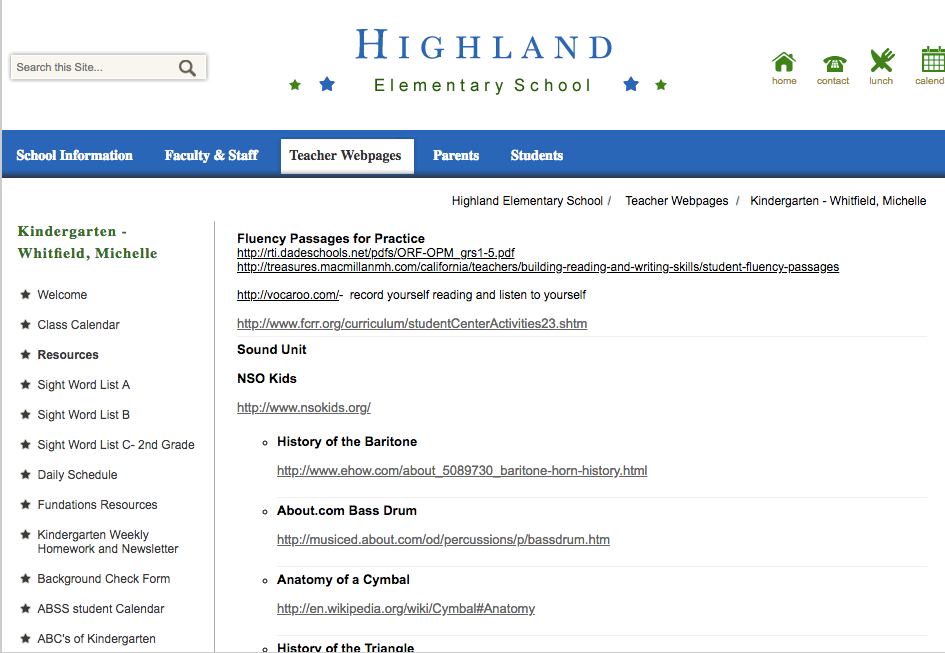
Establish link building process
When content is king, context is queen. That’s why if you understand your target market, it would be easier for you to create mission—driven content—meeting a particular audience’s needs.
Earlier, I covered different link opportunities you can tap into with your content. If your brand is highly relevant to one of these audiences, you can create high-value content and perform outreach to get links.
However, before diving into content creation, you must gather links of link opportunities. Given that you have a type of linking page in mind (e.g. mental health pages of primary and secondary schools), start by looking for these backlink prospects.
Here are some examples of search queries you can use.
- “TOPIC” site:.us inurl:k12 ~resources
- “TOPIC” site:.us ~resources “high school” -services
- “TOPIC” site:.us ~resources “elementary” -services
- “TOPIC” site:.org “high school” -services ~resources
- “TOPIC” site:.org “elementary” -services ~resources
Replace TOPIC with your target page type. So if you cater to counseling pages, you will use this search query: ____.
Start content creation
Get involved in the content creation process. Many companies are outsourcing their content needs without the due diligence of looking at the content’s format, style, and tone. This is a no-brainer, but I have come across brands that target link opportunities above that fail to convert any links because of small neglect to customize the content to a particular audience.
Here are some guides to help you out in creating content that works:
- 55 Actionable Writing Tips
- Creating and Developing Content Assets Like a Pro
- 38 Most Creative Ideas I’ve Ever Seen
- How to Improve the Value and Volume in Content Marketing
Do outreach
The type of outreach that suits best link opportunities of primary and secondary websites is resource-driven outreach.
The primary reason is that these pages are listicles and webmasters would be more responsive to link requests or broken link replacements, compared to accepting third-party content (which is more applicable in student blogs of .edu websites).
You can use the exact email template you use in a broken link building campaign.
Hi [First Name],
I was checking out some of the resources listed on the [Page Title] page of your website, and I noticed that I knew of a couple resources that might be worth adding. Would you be interested if I sent them over? If not, I totally understand, just thought it wouldn’t hurt to ask.
-[User First Name] [User Last Name]
Experiment and Scale The Strategy
If the audiences I’ve listed above are suited to the informational content you post on your site, trying out the scalable strategy of getting resource links from primary and secondary schools would be best.
It’s a good tactic to add to your link building arsenal that can keep your pace with your competitors on a month-to-month basis.
Do Follow Backlinks Frequently Asked Questions
Is no follow backlink good?
No, a no follow backlink is not considered good for SEO. While nofollow links do not directly impact Google rankings, they are meant to indicate to search engines not to follow the link or pass authority. It’s best to focus on acquiring dofollow backlinks that can positively impact your website’s search visibility and rankings.
Do no follow links help SEO?
No, nofollow links do not directly contribute to SEO. However, they can still generate valuable referral traffic. Even a nofollow backlink on a high-traffic site like BusinessInsider or BuzzFeed can drive thousands of visitors to your website. While these links may not pass SEO authority, they can still positively impact your overall online visibility.
What does no follow backlinks mean?
“No follow backlinks refer to hyperlinks tagged with rel=“nofollow”. They don’t impact destination URL’s search engine rankings as Google doesn’t transfer PageRank or anchor text through them. Even further, Google doesn’t crawl these nofollowed links.” The new answer directly explains the meaning of no follow backlinks concisely, adhering to Google’s guidelines and SEO best practices with relevant keywords.
The Author
Venchito Tampon Jr
Venchito Tampon is a Filipino Motivational Speaker, Corporate Trainer, and a Leadership Speaker in the Philippines. He is the CEO and Co-Founder of SharpRocket, a link building agency. With a decade of experience, Venchito has a proven track record of leading hundreds of successful SEO (link builidng) campaigns across competitive industries like finance, B2B, legal, and SaaS. His expert advice as a link building expert has been featured in renowned publications such as Semrush, Ahrefs, Huffington Post and Forbes. He is also an international SEO spoken and has delivered talks in SEO Zraz, Asia Pacific Affiliate Summit in Singapore, and Search Marketing Summit in Sydney, Australia. Check out his other businesses, Hills & Valleys Cafe, Blend N Sips and Saas Pursuit.
How our LINK BUILDING AGENCY builds 250 links/mo consistently using Predictable Link Building Methodology™…
- Using a SIMPLE and PROVEN system
- Using a SCALABLE strategy
- No private blog networks
- No creepy outreach emails
